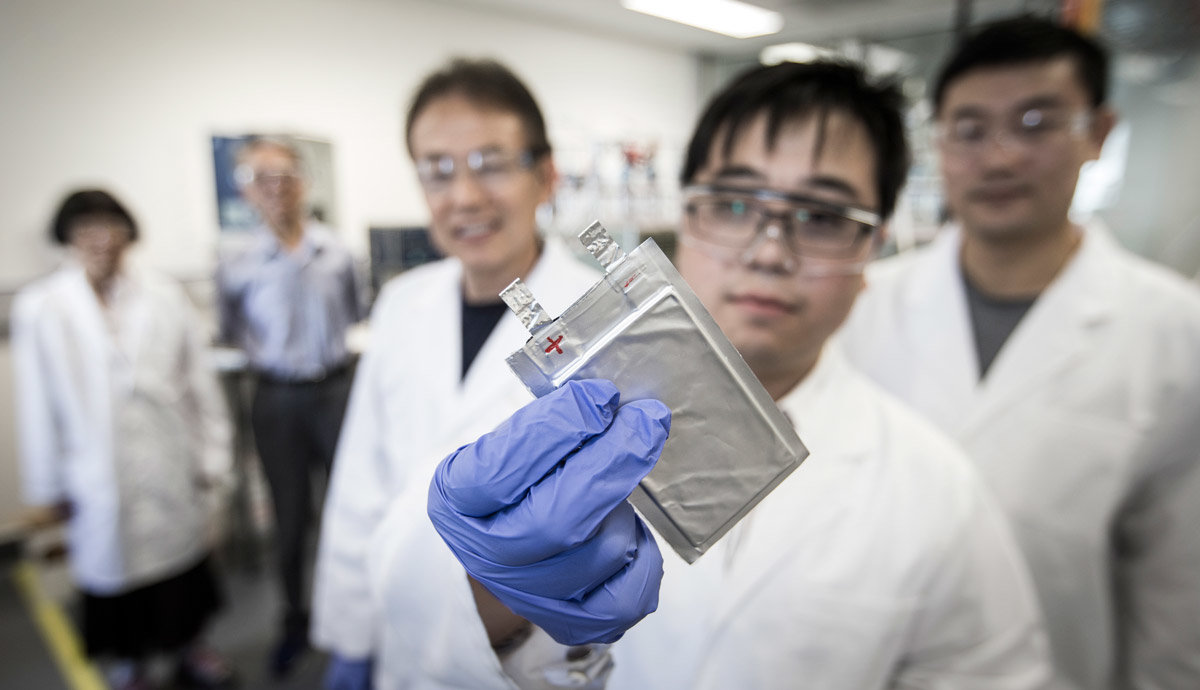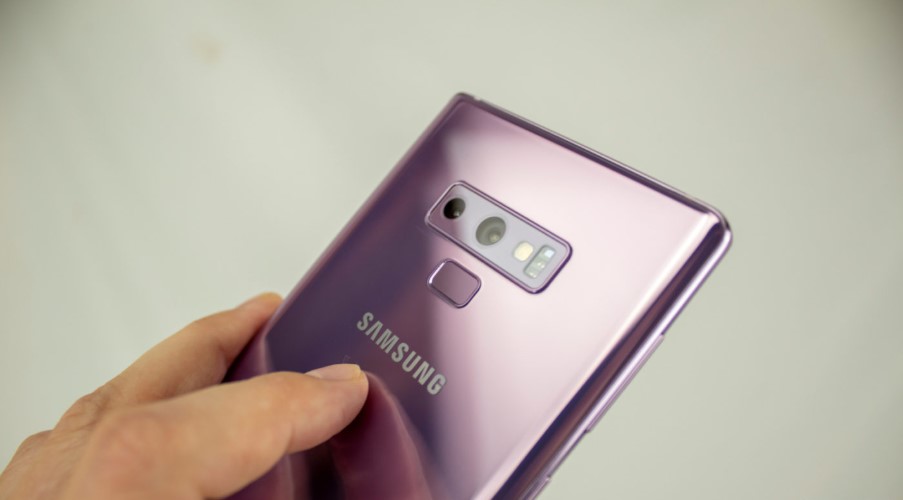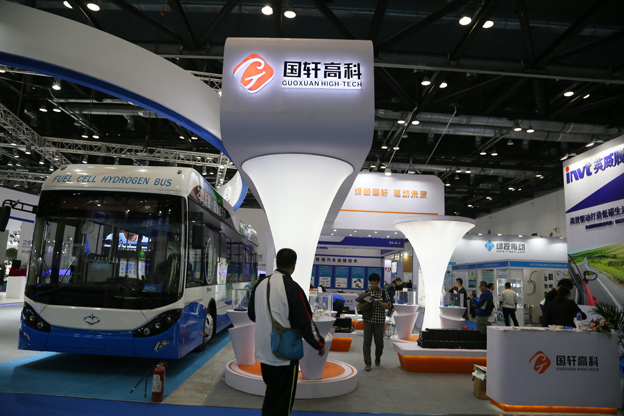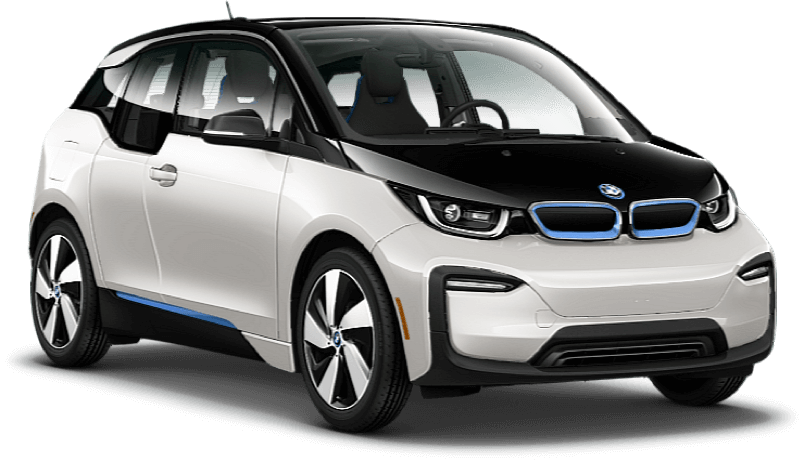
Thanks to their potential for low-cost energy storage based on abundant, non-toxic materials, sodium-ion batteries are an increasingly competitive area of research. However, the technology has so far seen little commercial adoption.
In a trial led by University of Wollongong’s Institute for Superconducting and Electronic Materials (ISEM), 30 kWh of sodium-ion battery packs were commissioned Friday at Sydney Water’s Bondi sewage pumping station – located just off the iconic Bondi Beach.
The $10.6 million renewable energy generation system features 6 kW of solar panels, an energy management system and a temporary lithium-ion battery pack.
Sydney Water will use lithium-ion batteries for 12 months to test the energy management system before transitioning to sodium-ion batteries as the first batches of batteries are received from industry partners in China.
“Critically, this project will deliver commercial-scale and ready-for-manufacture sodium-ion battery technology that allows lower-cost distributed renewable energy supply to become a reality,” ISEM Director Professor Shi Xue Dou said.
The Bondi pumping station was chosen as a massively energy-intensive facility that moves huge daily volumes of wastewater in order to prove the technology against highly intermittent and impulse-heavy loads.
The system will generate approximately 8,000 kWh of energy each year – more than the Bondi pumping station requires to power its own needs.
This pilot could be scaled up, as Sydney Water has a network of more than 780 sewage pumping stations.
On behalf of the Australian Government, ARENA previously announced $2.7 million in funding for the Smart Sodium Storage Project that will develop and demonstrate sodium-ion batteries in renewable energy storage applications.
“Thanks to the contribution of world-leading researchers from the University of Wollongong, these relatively inexpensive and reliable sodium-ion batteries aren’t too far off, potentially reducing our reliance on lithium,“ ARENA CEO Darren Miller said.
Earlier this year, researchers at University of Wollongong’s ISEM made a breakthrough in sodium-ion battery design, having developed a material which is not sensitive to air, and exhibits strong cycling stability.





